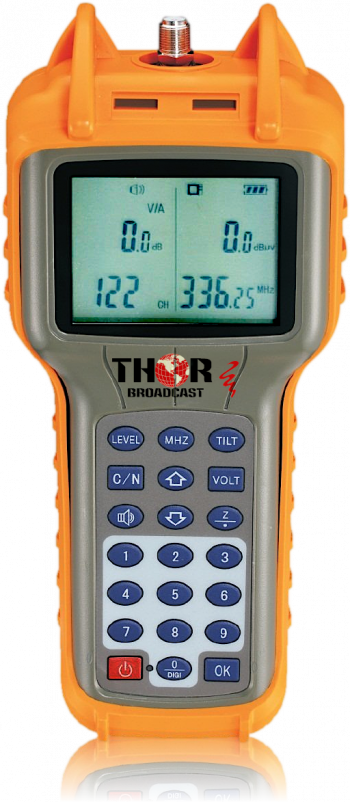Answer: Thank you for your inquiry about connecting 20 HD televisions via coax using our THOR Petit HDMI modulator.
There are several different techniques you can use to distribute the signal to the televisions, depending on their locations. The Petit modulator outputs 30 dBmV RF power, and the lowest level at which a television can detect a signal is 0 dBmV.
Different splitters have different insertion losses. For example, the H-SP-1x2 has a 4.5 dB loss, the 1x4 has a 7.5 dB loss, the 1x8 has an 11.5 dB loss, the 1x12 has a 12.5 dB loss, the 1x16 has a 14.5 dB loss, and the 1x24 has a 18 dB loss.
This is the Web link to the available splitters we have:
Knowing this, you can use a combination of splitters and taps to create zones and save on coax cables. You can also use a combination of splitters and amplifiers if you need to overcome more than 30 dB of loss.
Here are some examples of how you could connect 20 HD televisions via coax using our THOR Petit HDMI modulator:
* You could use a single 1x24 splitter and run individual coax cables to each television.
* You could use a 1x2 splitter to create two zones, then use two 1x16 splitters to distribute the signal to each television in each zone.
* You could use a 1x4 splitter to create four zones, then use four 1x8 splitters to distribute the signal to each television in each zone.
The most important thing is to make sure that you do not lose more than 30 dB of signal. If you need to overcome more than 30 dB of loss, you will need to use amplifiers in your system.
This is the link for the RF Amplifiers

 ES
ES








































